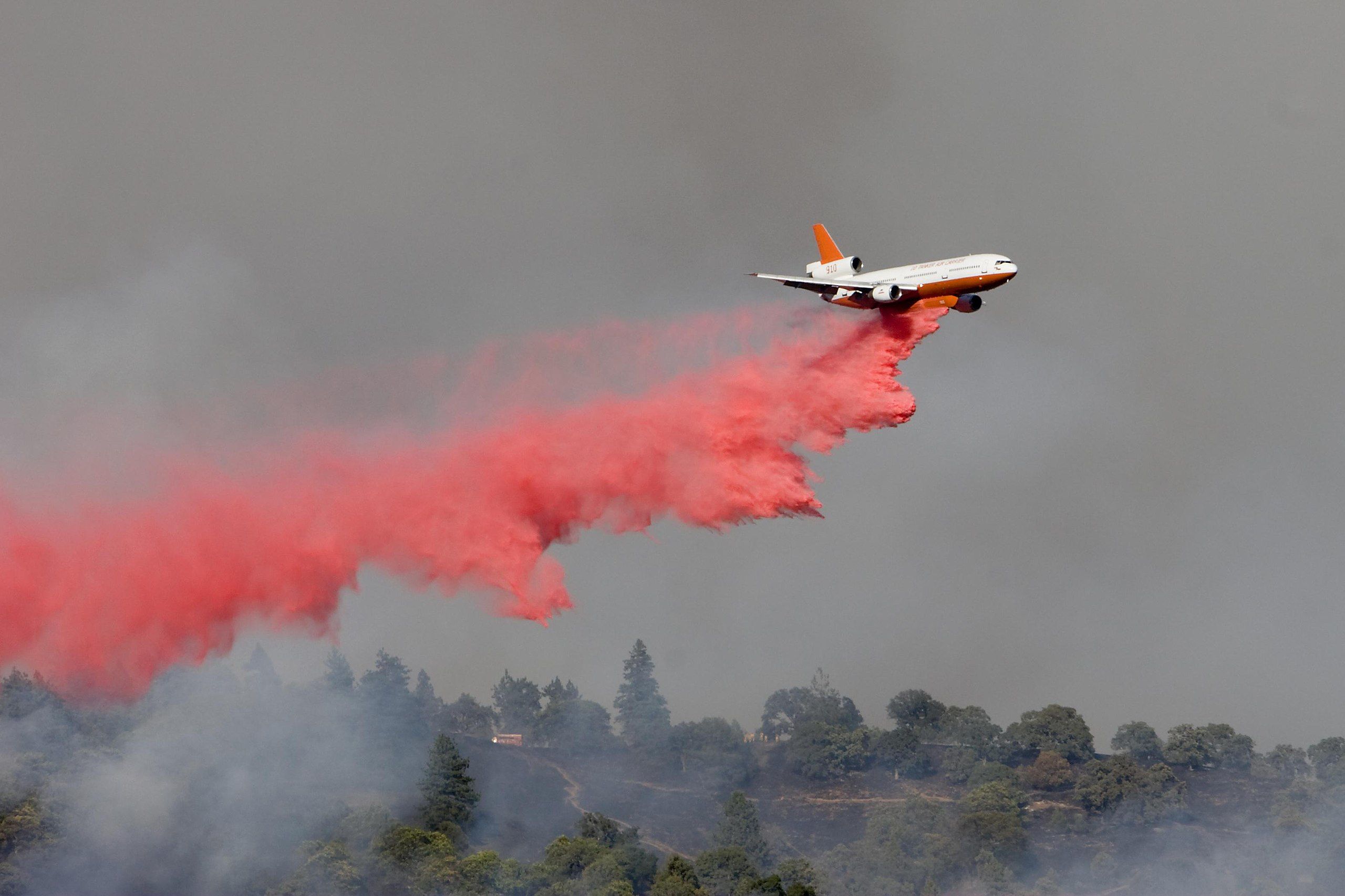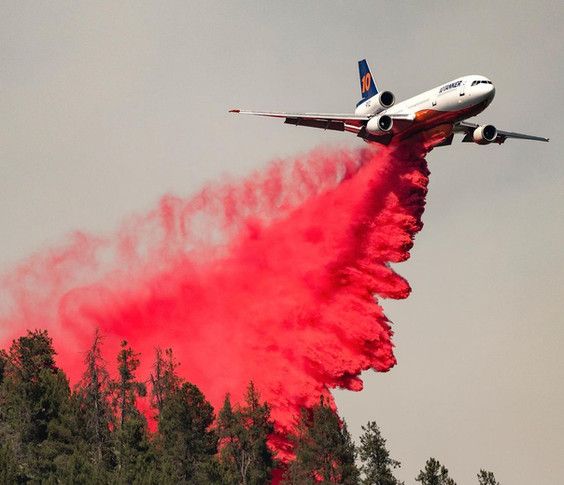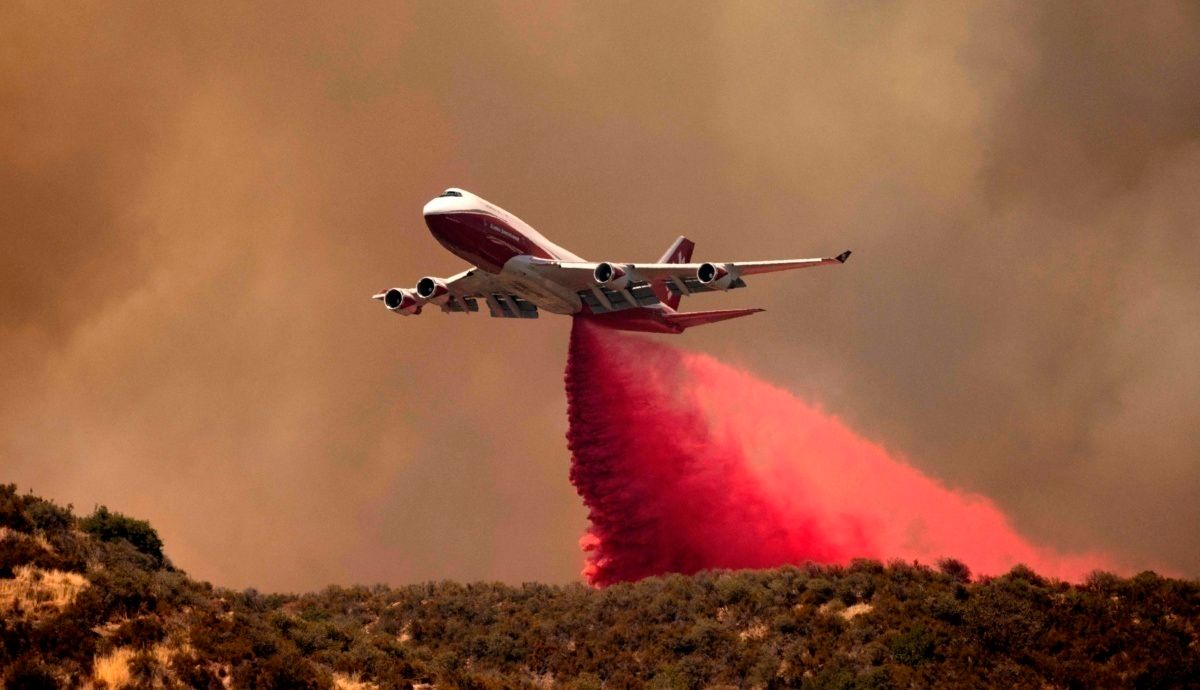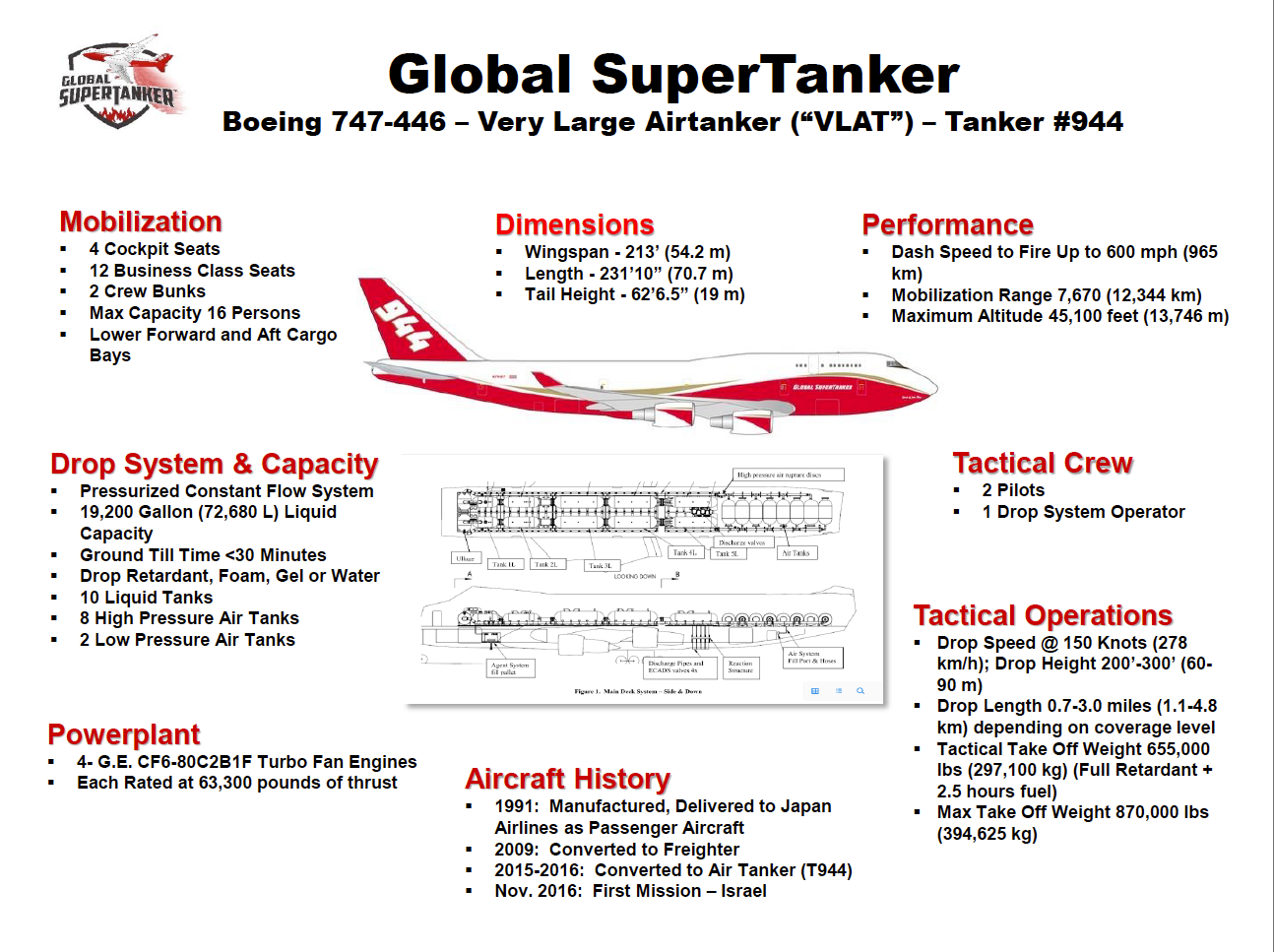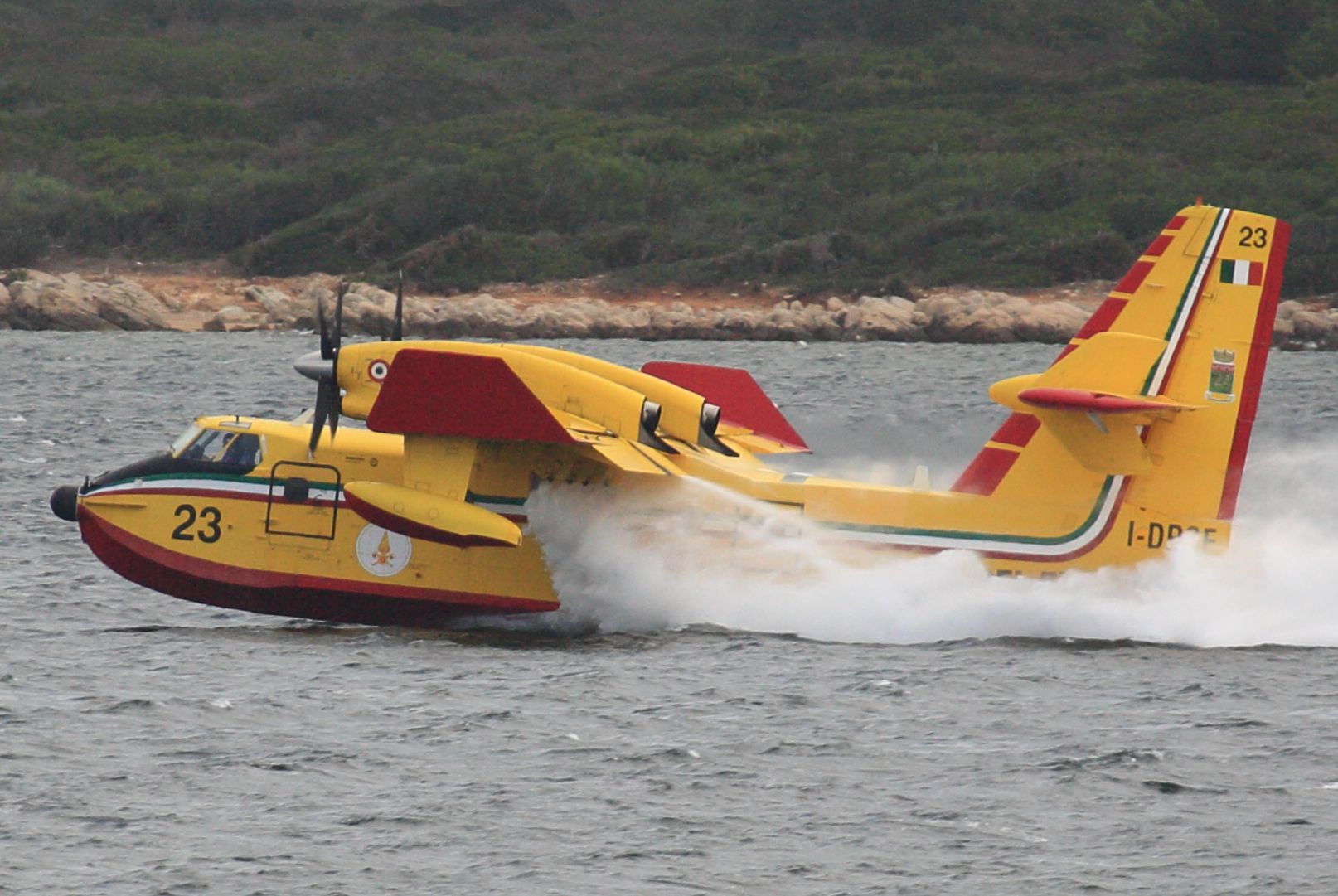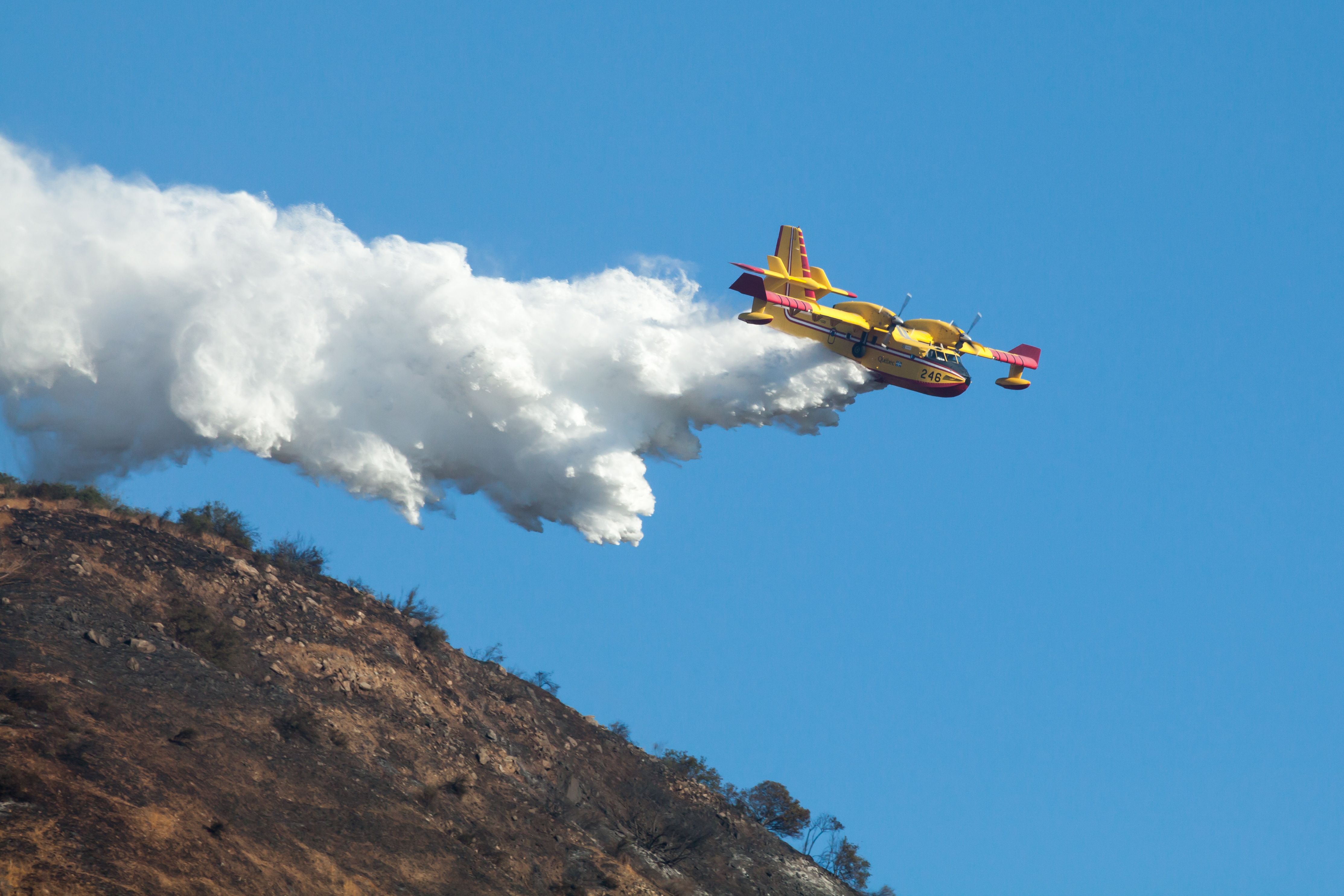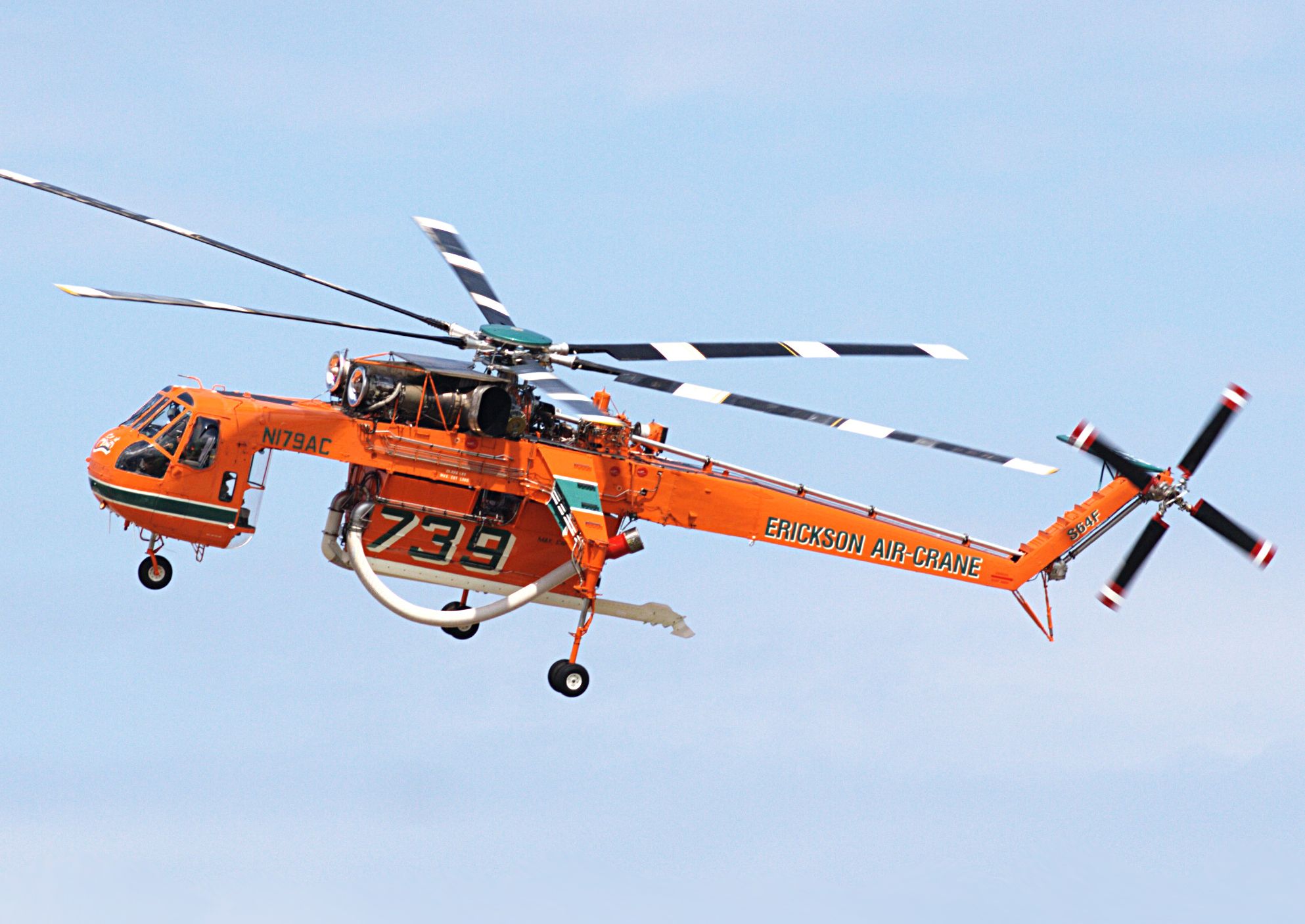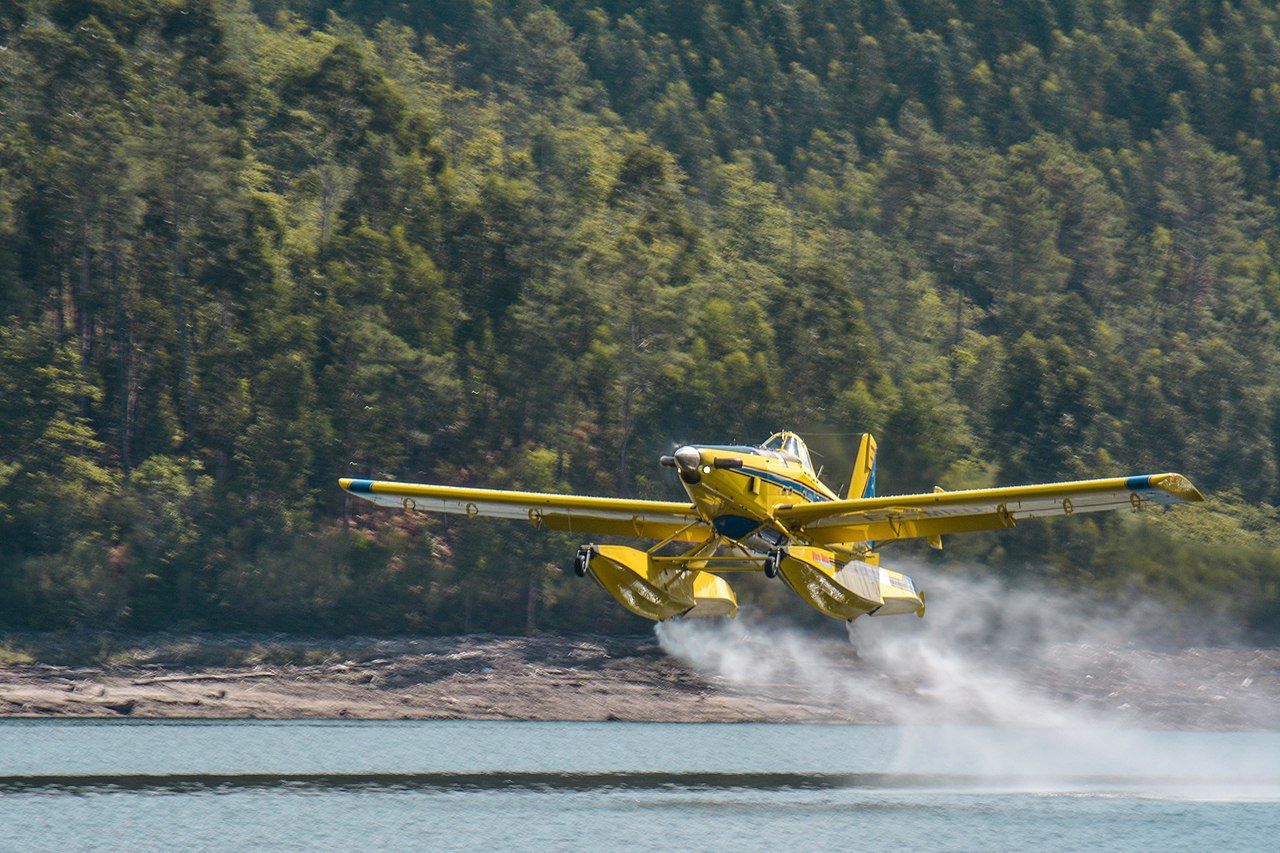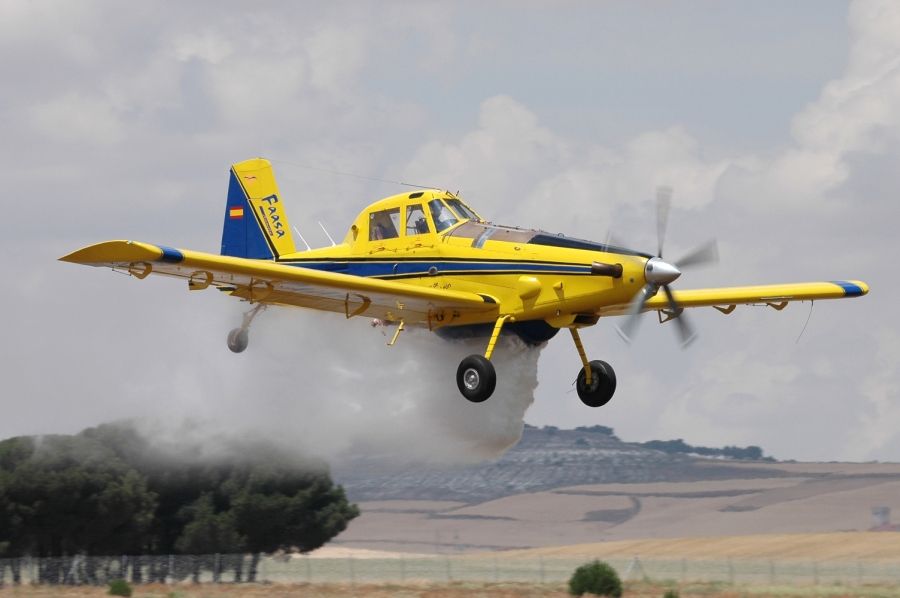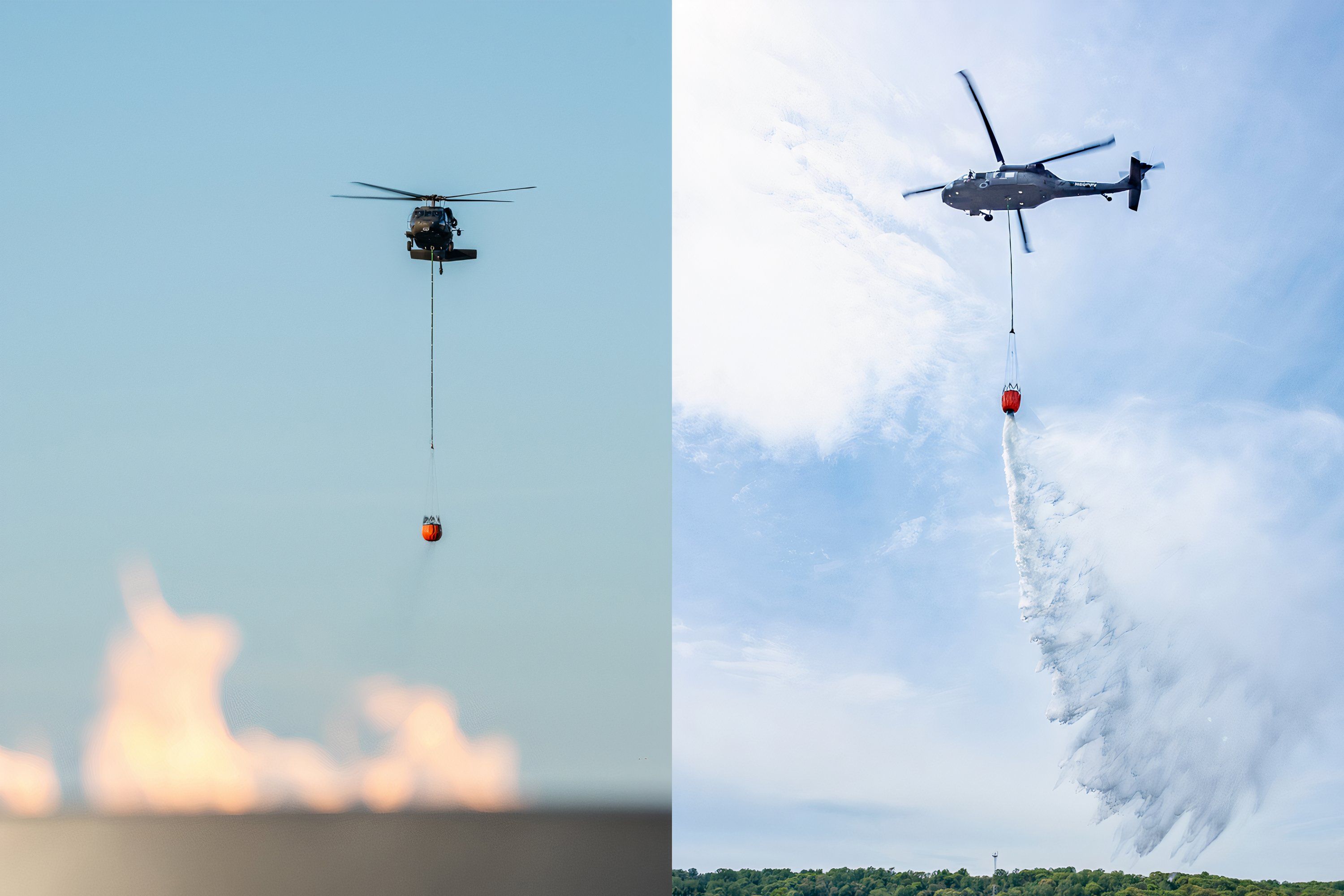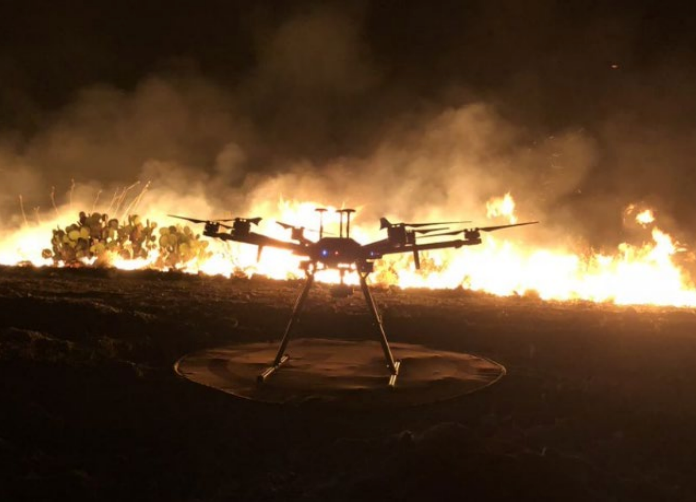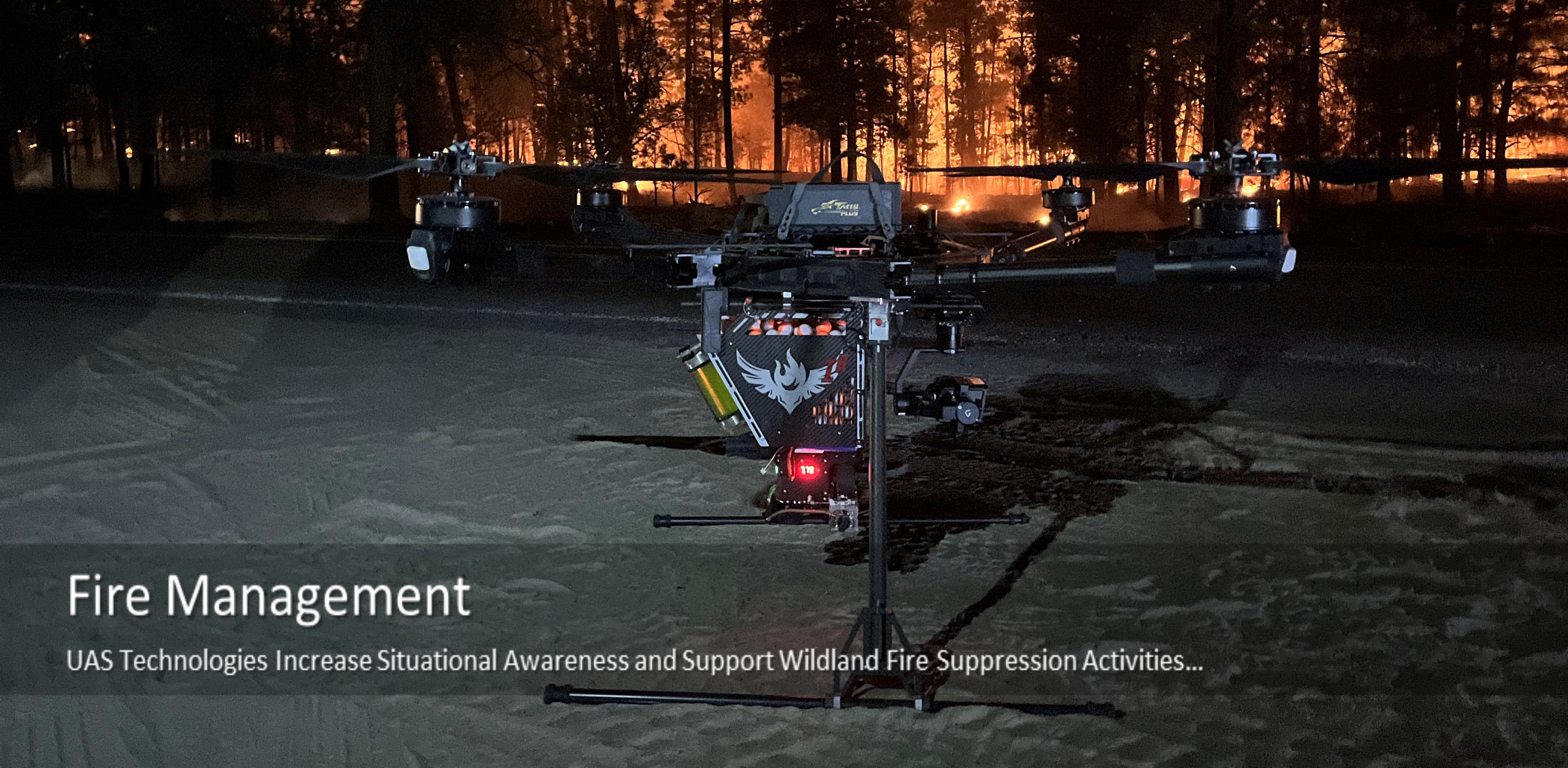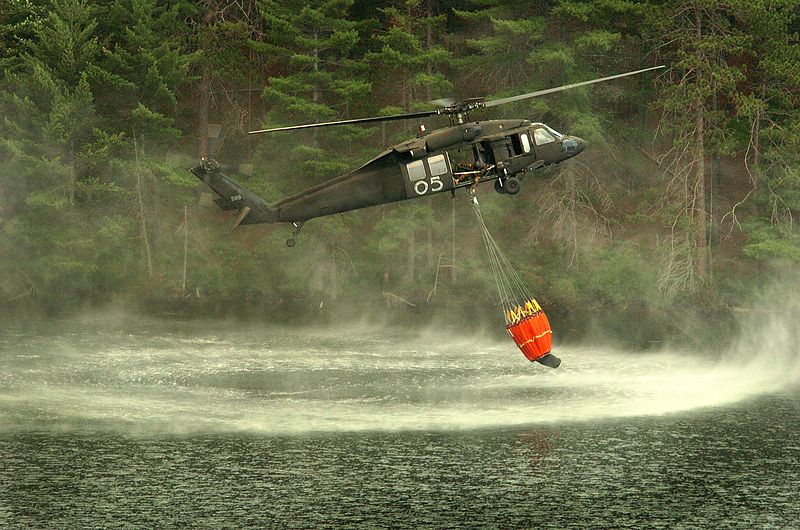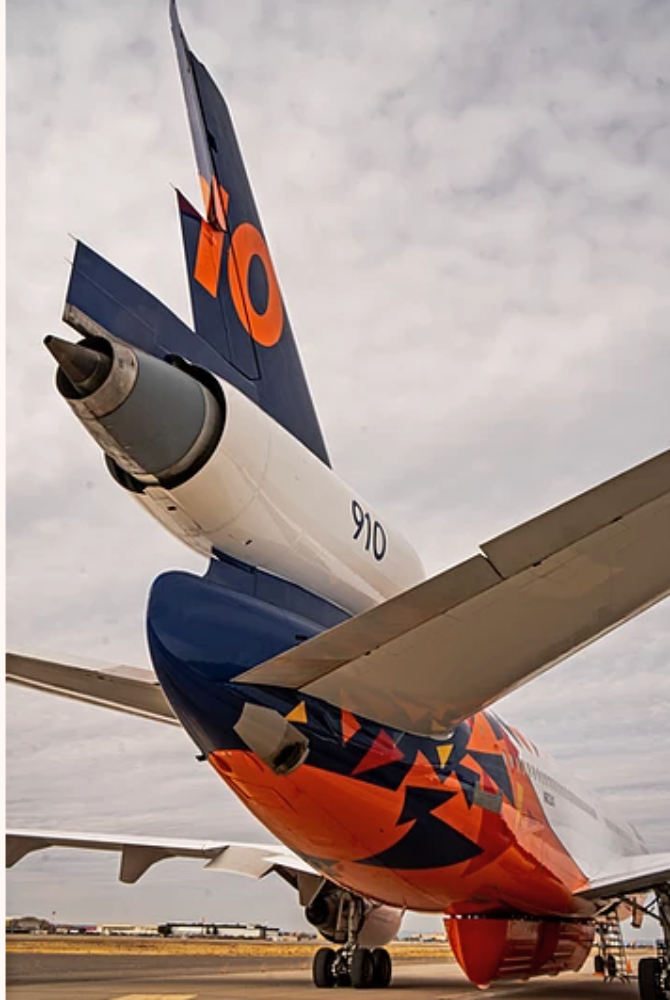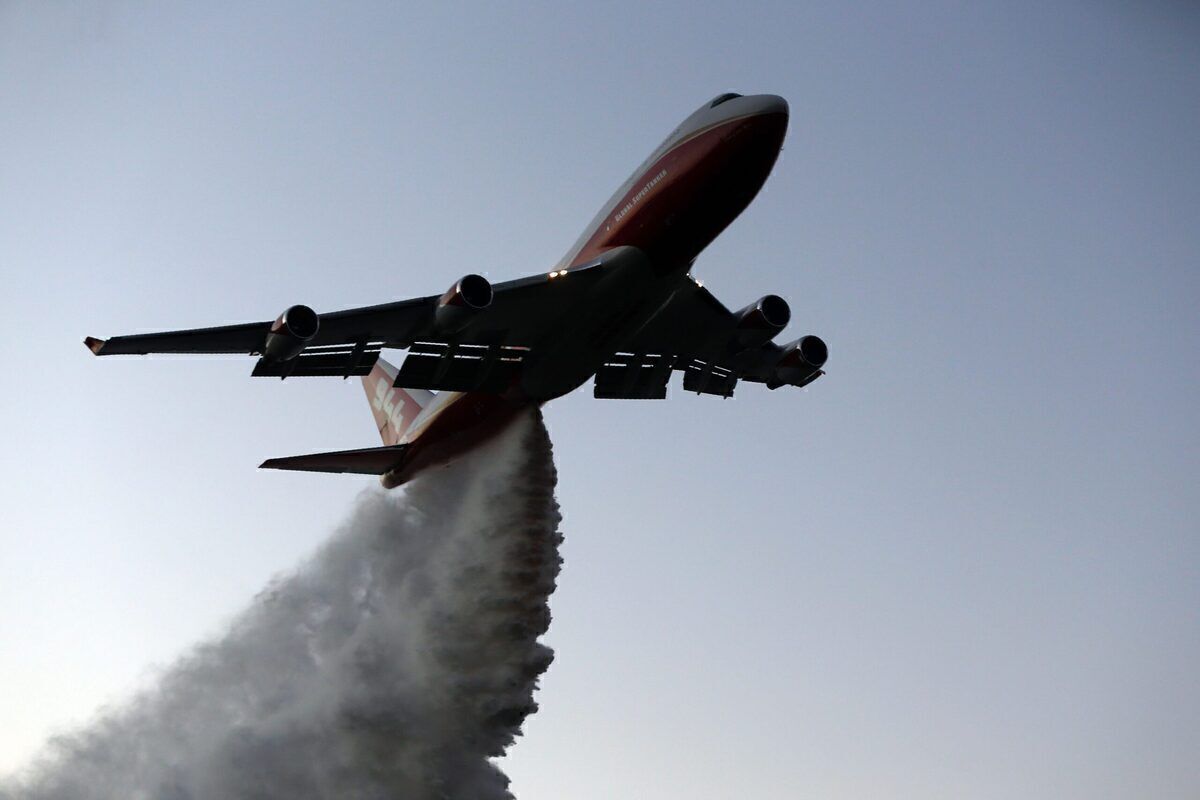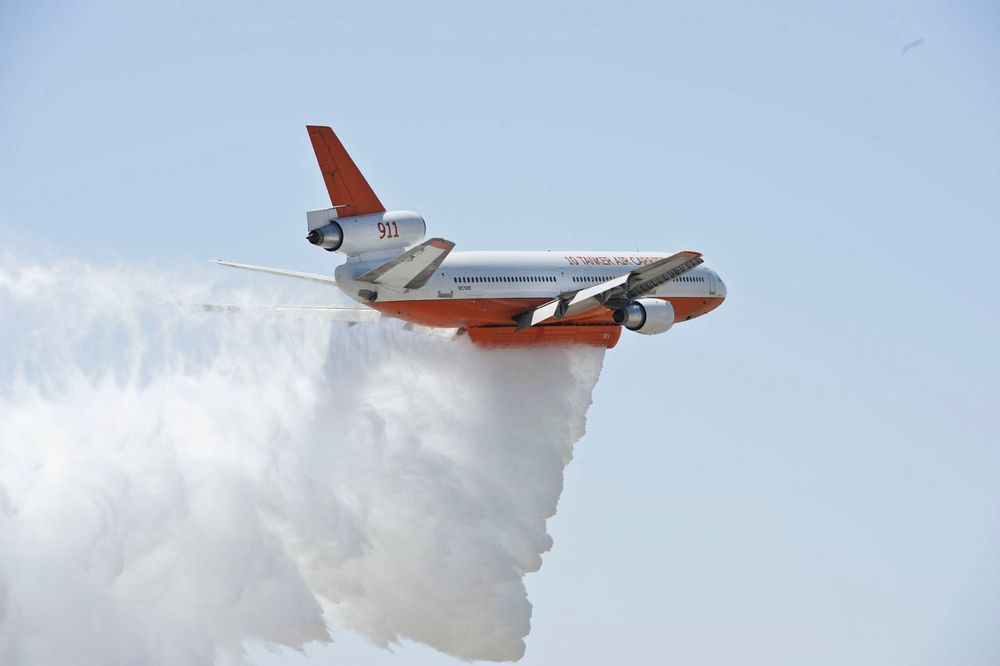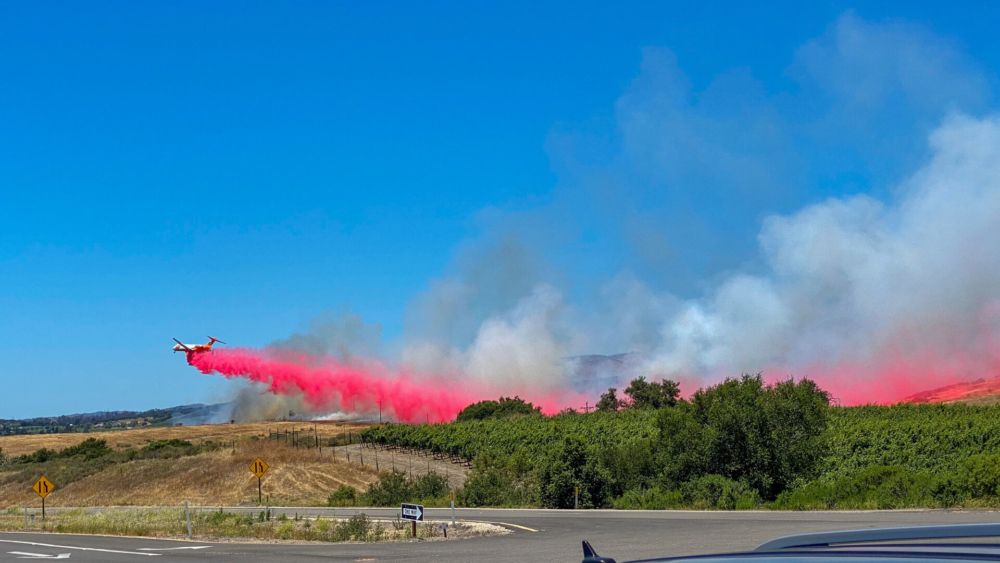
7 Different Aircraft Used For Aerial Firefighting
Wildfires are a growing concern in the United States, with increasing frequency and intensity threatening lives, property, and natural ecosystems. aerial firefighting
has become an essential part of wildfire suppression strategies, offering the speed, precision, and versatility needed to battle these massive blazes. Various types of aircraft are designed or modified for firefighting, each serving a specific purpose in containing and extinguishing fires.
In this article, we will explore seven aircraft commonly used in aerial firefighting in the United States, highlighting their unique features, roles in firefighting operations, and examples of how they are deployed.
Related
Examined: The Top Aerial Firefighting Companies In The US & The Planes They Fly
These airplanes and helicopters are fitted with the latest technology in aerial firefighting capability.
1
DC-10 Air Tanker
The McDonnell Douglas DC-10
Air Tanker is one of the most recognizable and widely used large airtankers (LATs) in the U.S. This modified commercial jetliner is designed for delivering massive quantities of fire retardant to wildfire zones.
Key Features
- Retardant Capacity: Up to 12,000 gallons (45,424 liters).
- Drop Pattern: Can cover an area up to 1 mile long in a single pass.
- Speed: Capable of reaching fire zones quickly, thanks to its jet engine propulsion.
DC-10 roles in firefighting
The DC-10 is typically used to create firelines by dropping retardant ahead of advancing flames, slowing their spread and protecting critical infrastructure. Its large capacity allows for fewer trips back to base, making it highly efficient during large-scale wildfires.
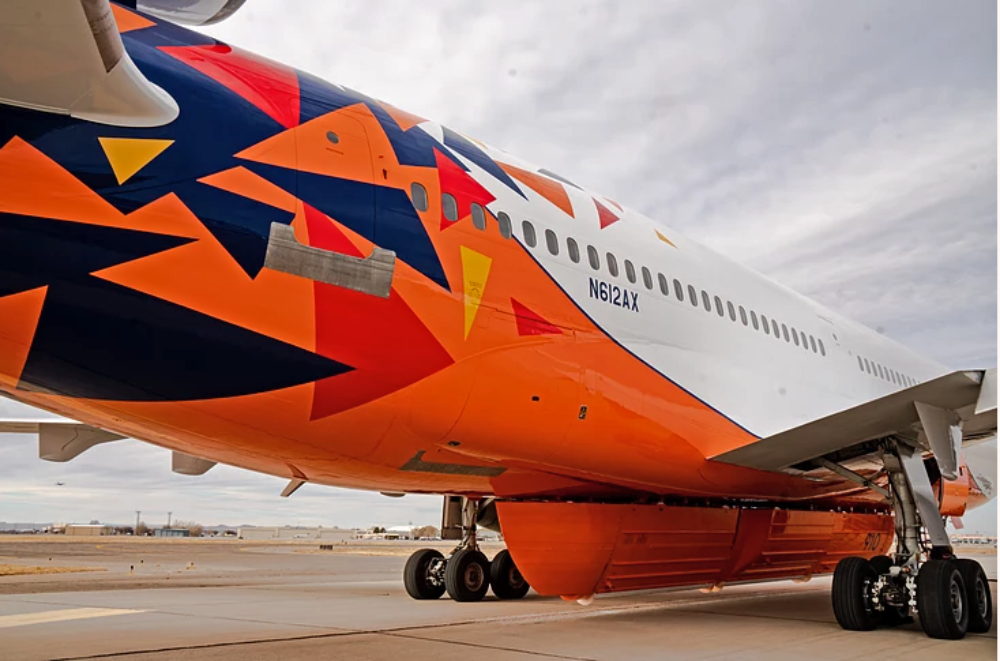
Related
10 Tanker Reveals Stunning New Firefighting DC-10 Livery
DC-10 in real life application
The DC-10 has been instrumental in fighting some of the largest wildfires in the U.S., including the 2020 Glass Fire in California. It played a key role in protecting residential areas by creating wide retardant barriers.
Notable Operator
• 10 Tanker Air Carrier: Based in Albuquerque, New Mexico, this company operates a fleet of DC-10 airtankers used across the western U.S.
Photo: 10Tanker
2
Boeing 747 Supertanker
Known as the Supertanker, the Boeing 747
is the largest firefighting aircraft in the world, designed to tackle the most extreme wildfires.
The 747 Supertanker makes a retardant drop on a ridge as firefighters continue to battle the Apple fire near Banning, California on August 1, 2020. – 4,125 acres have burn in Cherry Valley, about 2,000 people have received evacuation orders in the afternoon of August 1. (Photo by JOSH EDELSON / AFP) (Photo by JOSH EDELSON/AFP via Getty Images)
Key features of the 747 Supertanker
- Retardant Capacity: A record-breaking 19,200 gallons (72,680 liters).
- Range: Long-distance capability, allowing it to respond to fires across states.
- Drop Flexibility: Can deliver retardant in a continuous stream or segmented drops.
747 Supertanker’s role in firefighting
The Supertanker is best suited for massive wildfires that require extensive retardant coverage. Its ability to drop from higher altitudes minimizes turbulence while still achieving precision.
During California’s 2017 Thomas Fire, the Supertanker was deployed to protect thousands of homes and critical infrastructure, delivering thousands of gallons of retardant to strategic locations.
San Bernardino, UNITED STATES: The Evergreen Boeing 747 Supertanker drops water over San Bernardino Airport in California during a demonstration of the plane’s capabiliites 31 May 2006. According to Evergreen, the multi-role 747 Supertanker is the largest fire fighting aircraft available and could save the US government at least 100 million USD in fire suppresion and rehabilitation costs each year. AFP PHOTO/Robyn BECK (Photo credit should read ROBYN BECK/AFP via Getty Images)
Notable Operator
• Global Supertanker Services
Photo: Global Supertanker
3
CL-415 Super Scooper
The CL-415 Super Scooper is a highly specialized aircraft that can refill its water tanks directly from lakes, rivers, or reservoirs, making it invaluable in areas with abundant water sources.
Key Features of the CL-415 Super Scooper
- Water Capacity: 1,600 gallons per scoop (6,056 liters).
- Scooping Time: Refills its tanks in just 12–15 seconds.
- Agility: Designed to operate in mountainous terrain and confined spaces.
Want to see the CL-415 Super Scooper in action? Click here!
Super Scoopers are often deployed near wildfires with accessible water sources, allowing for quick turnarounds and continuous water drops.
Photo: Heather Lucia Snow | Shutterstock
The Super Scooper has been extensively used in Southern California, where proximity to water bodies like the Pacific Ocean and reservoirs enhances its effectiveness. It was vital during the Woolsey Fire in 2018.
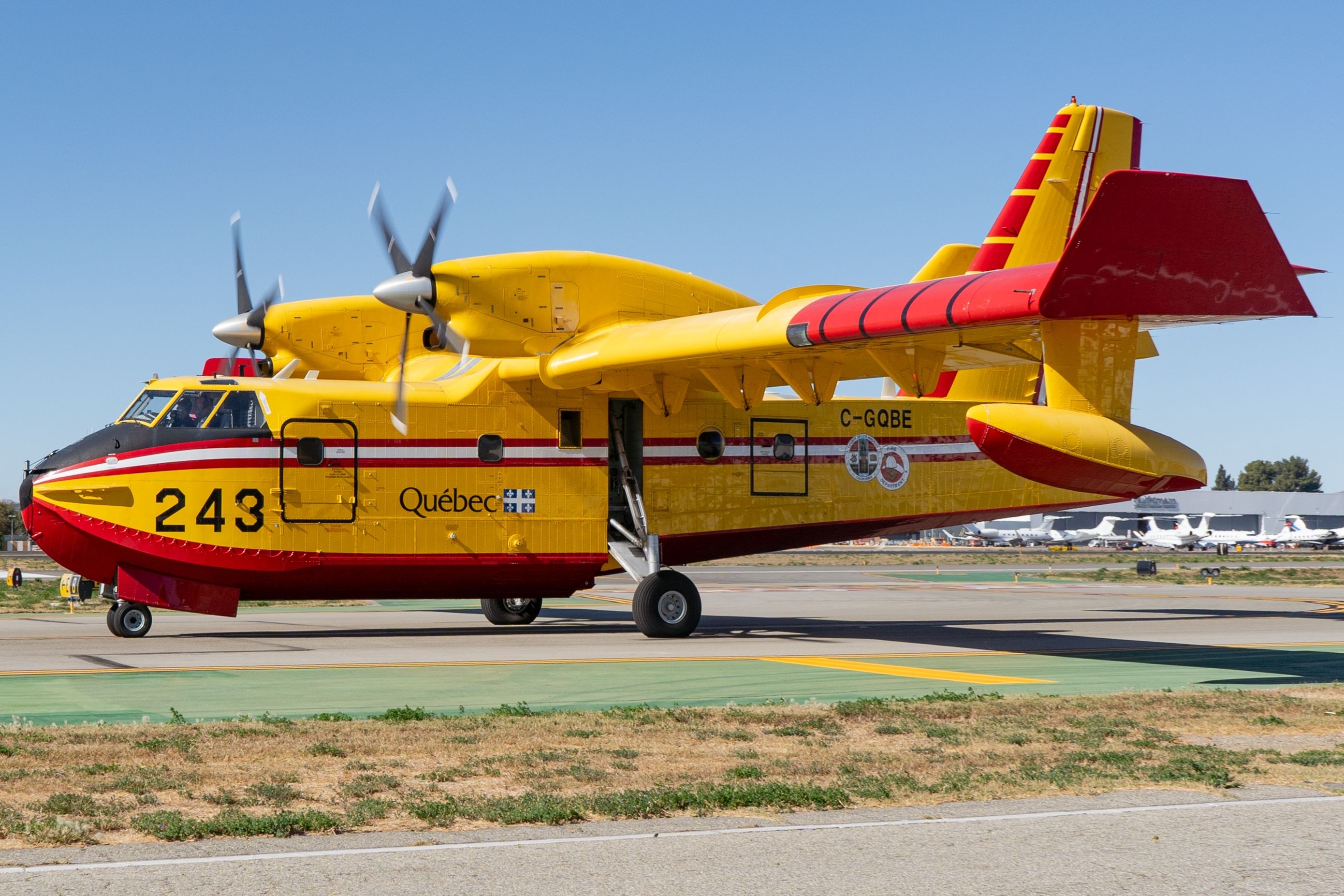
Related
A Look At The Aerial Firefighting Aircraft Used To Fight The LA Fires
Many different waterbombers are working to fight the Los Angeles wildfires.
4
Sikorsky S-64 Skycrane
Photo: Wikipedia
The Sikorsky
S-64 Skycrane is a heavy-lift helicopter that has earned its place as a cornerstone of aerial firefighting.
S-64 key features
- Water Capacity: Up to 2,650 gallons (10,031 liters) with a tank attachment.
- Versatility: Can be equipped with a snorkel for refilling from shallow water sources.
- Precision: Ideal for targeted water or retardant drops in rugged terrain.
Want to see the firefighting capability of the S-64 Skycrane? Click here!
The Skycrane is used for both water drops and transporting firefighting equipment or personnel to remote areas. Its ability to hover allows for precise drops in difficult-to-reach locations.
Skycranes were extensively used during Oregon’s 2020 wildfires, including the Holiday Farm Fire, where they helped suppress flames in steep, forested areas.
Notable Operator
• Erickson Incorporated: Based in Oregon, Erickson operates a fleet of Skycranes for firefighting missions worldwide.
Photo: Wikipedia
5
Air Tractor AT-802
The Air Tractor AT-802 is a single-engine airtanker (SEAT) known for its cost-effectiveness and agility.
Air Tractor AT-802 SEAT key features
- Retardant Capacity: Up to 800 gallons (3,028 liters).
- Short Takeoff and Landing (STOL): Can operate from small airstrips close to fire zones.
- Versatility: Can be configured for both firefighting and agricultural applications.
The AT-802 is used for initial attack operations and smaller wildfires. Its ability to operate in remote areas makes it ideal for fires in grasslands and rural regions.
During the 2022 Texas wildfires, the AT-802 was used extensively to contain grassfires that threatened farmland and rural communities.
Notable Operator
• Air Spray USA: Provides SEAT services for wildfire suppression across the U.S.
6
UH-60 Black Hawk
Photo: Rain
Originally designed for military use, the UH-60
Black Hawk has been adapted for firefighting through retrofitting with water tanks and buckets.
UH-60 Key features for firefighting
- Water Capacity: Up to 660 gallons (2,498 liters) with a bucket attachment.
- Multi-Role Capability: Can transport personnel and equipment in addition to water drops.
- Durability: Built to withstand harsh conditions and long operational hours.
Watch the UH-60 firefighting capabilities here!
The Black Hawk is often used in tandem with ground crews, delivering water to critical areas while also transporting firefighters and supplies to remote locations.
Black Hawks played a crucial role during the 2021 Bootleg Fire in Oregon, assisting in both suppression efforts and evacuation logistics.
Notable Operator
• National Guard Units: Many state National Guards deploy retrofitted Black Hawks during wildfire seasons.
7
Drones (Unmanned Aerial Vehicles)
Photo: CommercialUAVNews
While not traditional aircraft, drones have become an integral part of aerial firefighting due to their ability to operate in dangerous and remote environments.
Key features UAVs provide in firefighting
- Surveillance: Equipped with infrared and thermal cameras for monitoring fire progression and detecting hotspots.
- Mapping: Provide real-time data to incident commanders for strategic planning.
- Night Operations: Capable of operating when manned aircraft are grounded due to visibility.
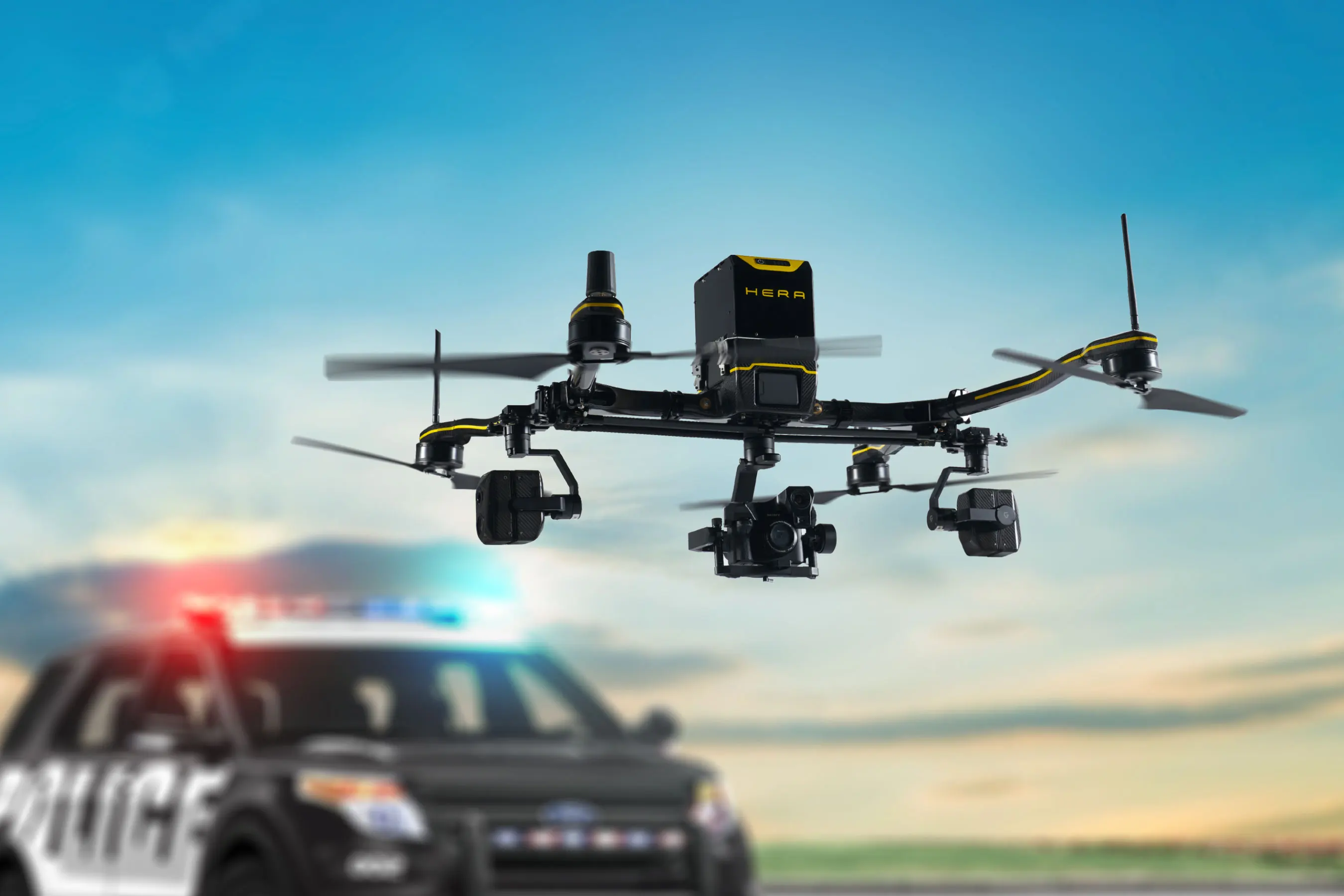
Related
How Do Police Departments Use Drones?
Drones are integral for major crime scene investigations.
Drones are used for reconnaissance, mapping wildfire perimeters, and directing ground crews. They are particularly valuable for monitoring fire behavior during night operations.
During the 2021 Caldor Fire in California, drones were deployed to map fire perimeters and locate hotspots, improving the efficiency of suppression efforts.
Notable Operator
• U.S. Forest Service (USFS): Uses drones extensively for wildfire management and monitoring on federal lands.
Photo: U.S. Forest Service
Aerial firefighting plays an indispensable role in protecting lives, property, and natural ecosystems from the devastating impacts of wildfires. The diverse array of aircraft used in these operations, from massive airtankers like the DC-10 to agile drones, highlights the complexity and innovation required to combat these natural disasters.
In January 2025, Los Angeles faced a series of devastating wildfires, notably the Palisades and Eaton fires, which collectively consumed tens of thousands of acres, destroyed numerous homes, and resulted in significant loss of life. Aerial firefighting played a pivotal role in combating these blazes, deploying a range of aircraft and advanced strategies to mitigate the fires’ impact.
Deployment of Aerial Assets
The aerial assault on the fires involved various aircraft, including helicopters and fixed-wing planes equipped with water buckets and retardant delivery systems. The Los Angeles Fire Department’s Air Operations unit released footage showcasing helicopters navigating the Santa Monica Mountains to combat the Palisades Fire, highlighting the challenging conditions faced by aircrews.
The aft section of a 10 Tanker DC-10. Photo: 10 Tanker
In addition to local resources, federal support was mobilized to bolster aerial firefighting efforts. U.S. Northern Command activated eight C-130 aircraft equipped with Modular Aerial Fire Fighting Systems (MAFFS), deploying them to the Channel Islands in Southern California to assist in suppressing the Los Angeles-area fires.
The American 747 supertanker helps extinguish a fire over the village of Nataf close to Jerusalem, as it helps extinguish an ongoing fire in the area, on November 26, 2016.
Wildfires near Jewish settlements in the occupied West Bank have forced hundreds to flee their homes, after mass evacuations in Israel and more than a dozen arrests, police said, while Israeli and Palestinian firefighters, helped by foreign aircraft, have been battling dozens of bush blazes fed by drought and high winds that have seen tens of thousands of people evacuated.
/ AFP / AHMAD GHARABLI (Photo credit should read AHMAD GHARABLI/AFP via Getty Images)
Challenges Encountered
Despite the robust aerial response, firefighters faced significant obstacles. Unprecedented Santa Ana winds, with gusts reaching up to 100 mph, initially grounded aerial operations, delaying critical early interventions. Once airborne, pilots contended with turbulent conditions, reduced visibility due to dense smoke, and the inherent risks of low-altitude flights over rugged terrain.
Impact of Aerial Firefighting
Once conditions permitted, aerial units delivered substantial quantities of water and fire retardant, directly attacking active fire fronts and establishing containment lines to protect threatened communities. Their efforts were instrumental in slowing the fires’ progression, allowing ground crews to strengthen containment lines and conduct evacuations.
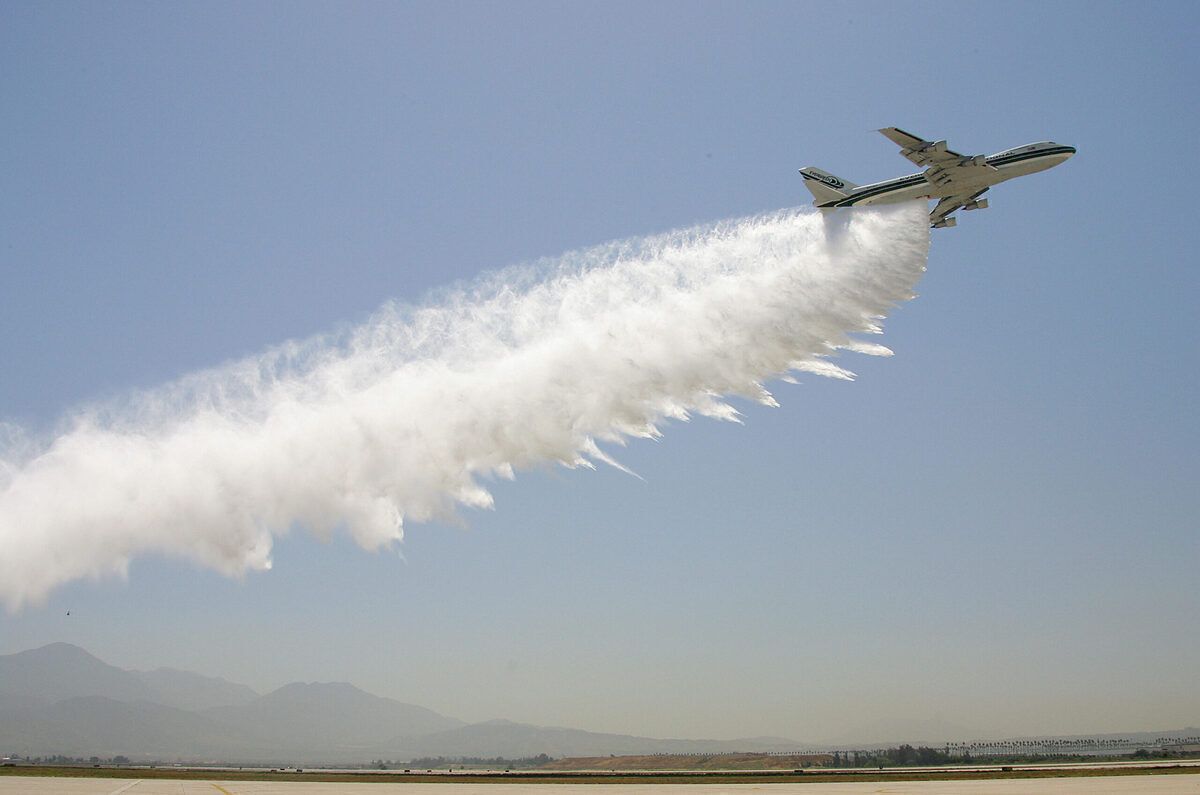
Related
How Do Firefighting Aircraft Work?
The effectiveness of aerial operations was evident as containment levels increased, preventing further destruction and protecting vital infrastructure. Advanced technologies like real-time mapping and infrared sensors on aircraft enhanced decision-making, ensuring resources were directed to critical areas. Aerial firefighting not only mitigated the fires’ immediate impact but also provided a lifeline to communities caught in the path of destruction.
As wildfires in Los Angeles continue to grow more intense and frequent due to climate change, aerial firefighting remains a cornerstone of the region’s emergency response strategy. While challenges persist, including weather-related delays and funding limitations, the bravery and expertise of aerial crews have proven to be indispensable in safeguarding lives and property during the 2025 fire season.
